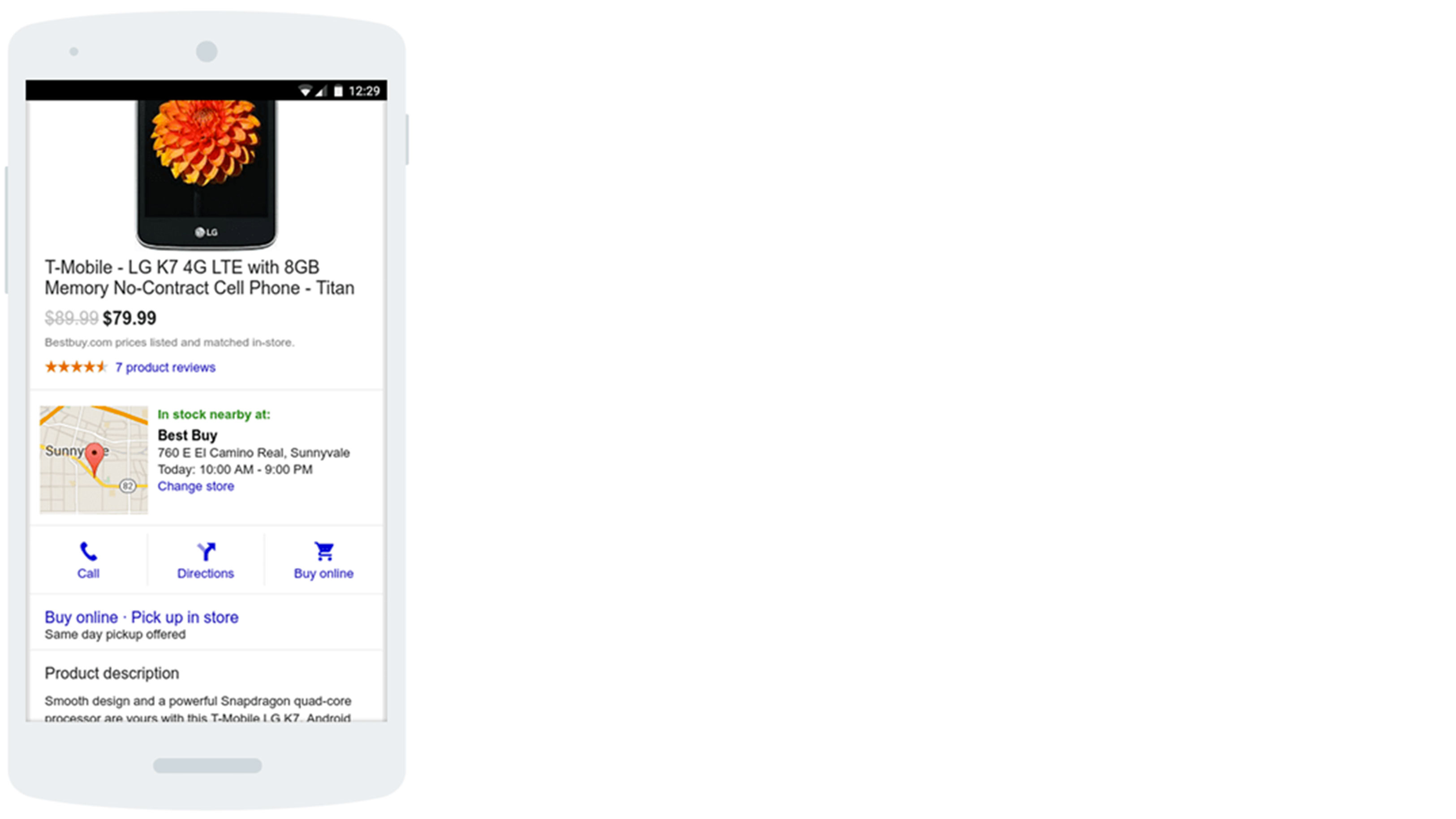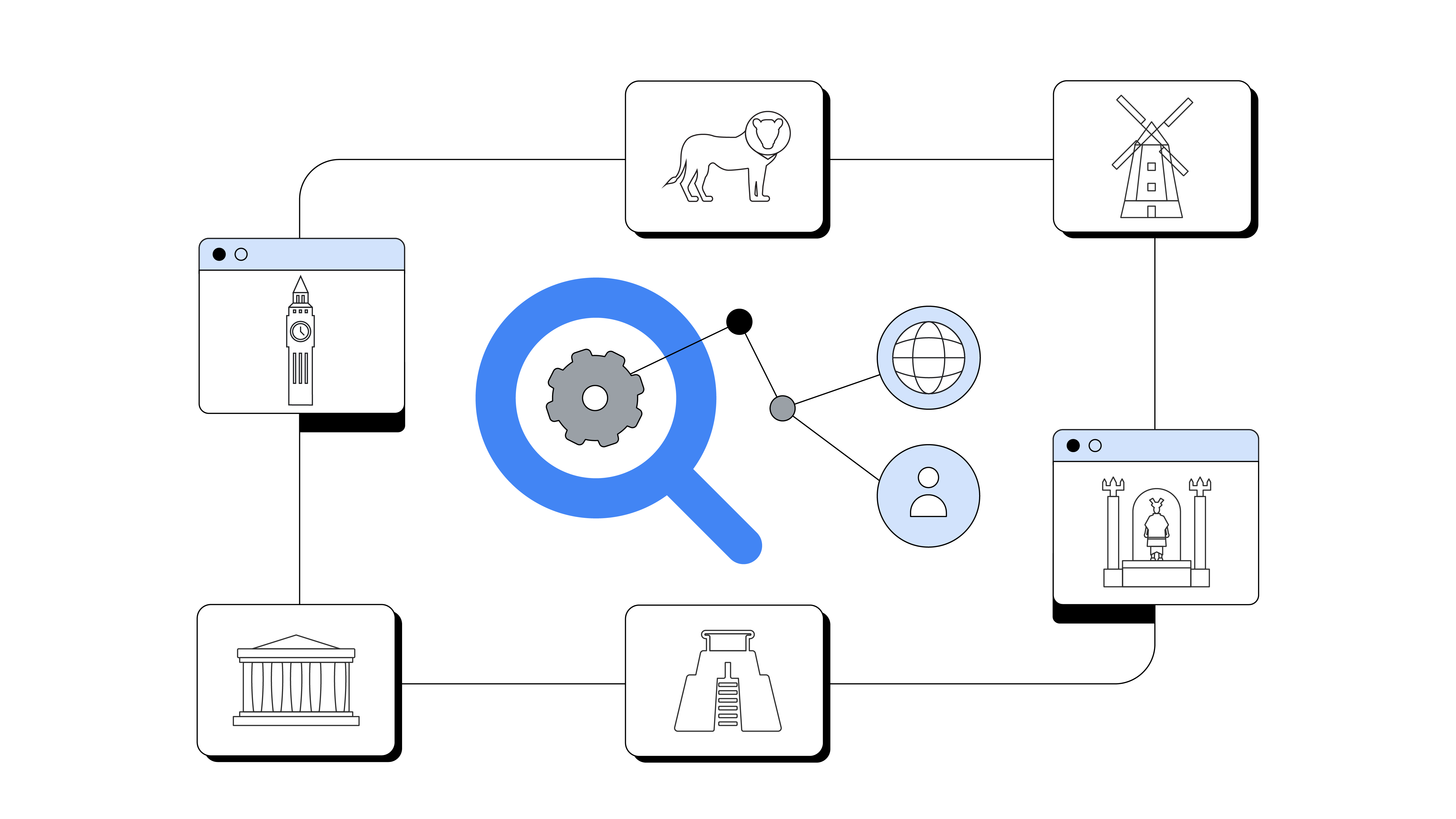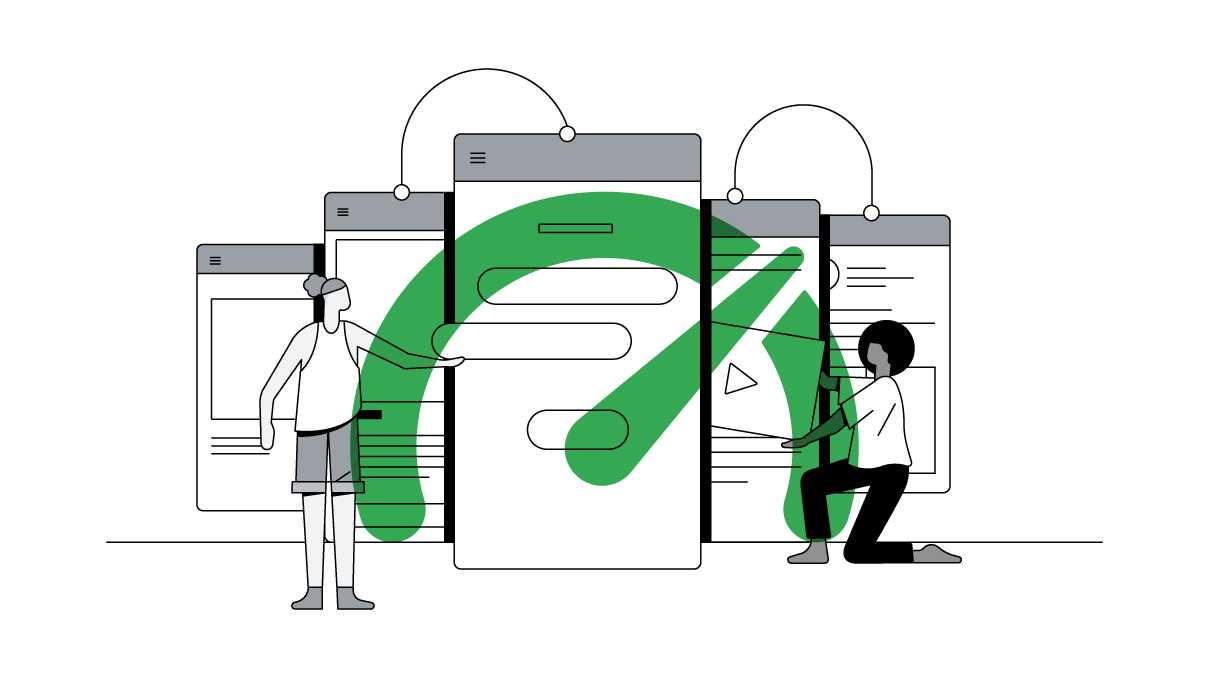Consumers care about how all of their devices work together to make their lives simpler and better. To help, Best Buy uses mobile to scale information across channels and drive customers in-store.
Results
- Over 1M shop visits
- 44% increase in clicks to Best Buy’s website
- Increase in return on investment and market share
THE CHALLENGE
For much of Best Buy’s 50-year history, what its customer really cared about was "Do you have the product and is it at the right price?" But today, customers want to know much more than that. They want to understand how products work together to make their lives better.
“Today, a customer could come into our shop and say, ‘I want to stream photos from my SLR camera onto my television.’ That’s a new problem. That’s not something we’ve had to solve before,” says Greg Revelle, Best Buy’s chief marketing officer. “For us, it’s really important that we’re there in those moments of need to provide the answer to their question.”
THE APPROACH
To address these questions and more, Best Buy shifted its broadcast budget to digital where it can scale information more easily. The company created mobile buying guides and video tutorials for YouTube. For example, if customers are looking to buy an SLR camera, they’re probably going to want to learn more about different lenses that accompany the camera. Best Buy developed an in-depth Lens Buying Guide for mobile that includes specs, images and product details of all different types of lenses. The electronics retailer has also created video content for YouTube such as Three Things to Know Before You Buy a DSLR, to help further educate shoppers on their purchase decisions.
Mobile’s become an increasingly important part of drawing customers into our shops
- Greg Revelle, Best Buy’s chief marketing officer
Once customers have done their research online, many still like to head in-store to see the products and ask more complex questions to Best Buy’s famous Blue Shirts. In order to be helpful in these moments, Best Buy surfaces its local inventory online through local inventory ads. For example, if a customer searches “slr cameras”, Best Buy can show exactly which SLR cameras are available in nearby shops.
It also features a shop pickup link to give customers the option to buy online and pick up in-store. Early experiments showed this increased clicks to Best Buy’s website by 44%. These efforts to bring local shop info online are paying off; last holiday, for example, Best Buy saw through Google shop visits data that local inventory ads drove over 1 million shop visits.1And, the use of mobile in these instances has been key. “Mobile’s become an increasingly important part of drawing customers into our shops,” says Revelle.

This shift to meet customers in their which-one’s-best moments has driven strong results for Best Buy. It found that mobile Shopping ads on Google outperform television in terms of return on investment, and Best Buy is increasing market share in key categories. Overall, digital – and mobile in particular – is helping Best Buy customers make better use out of technology.






